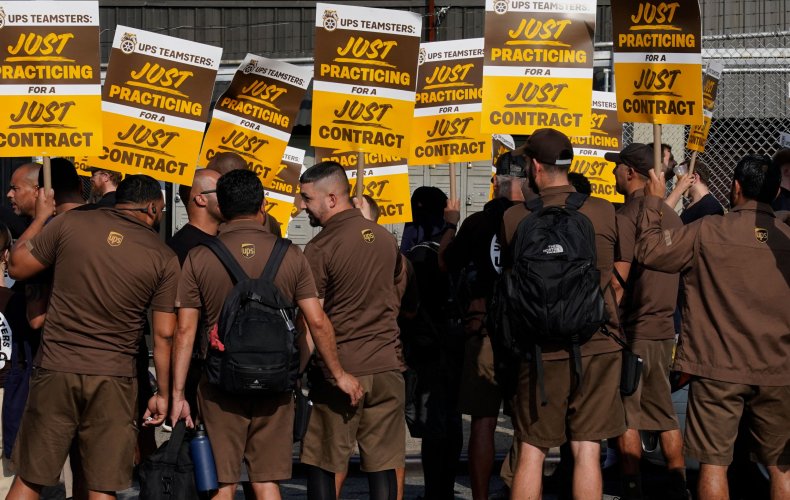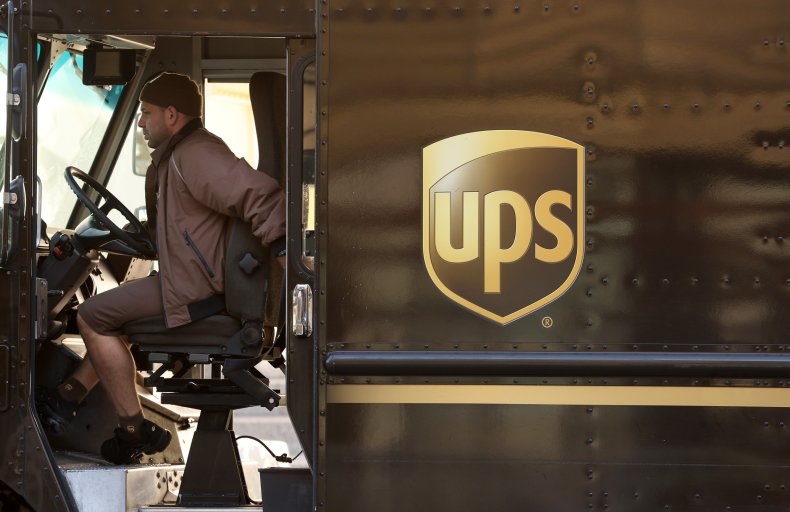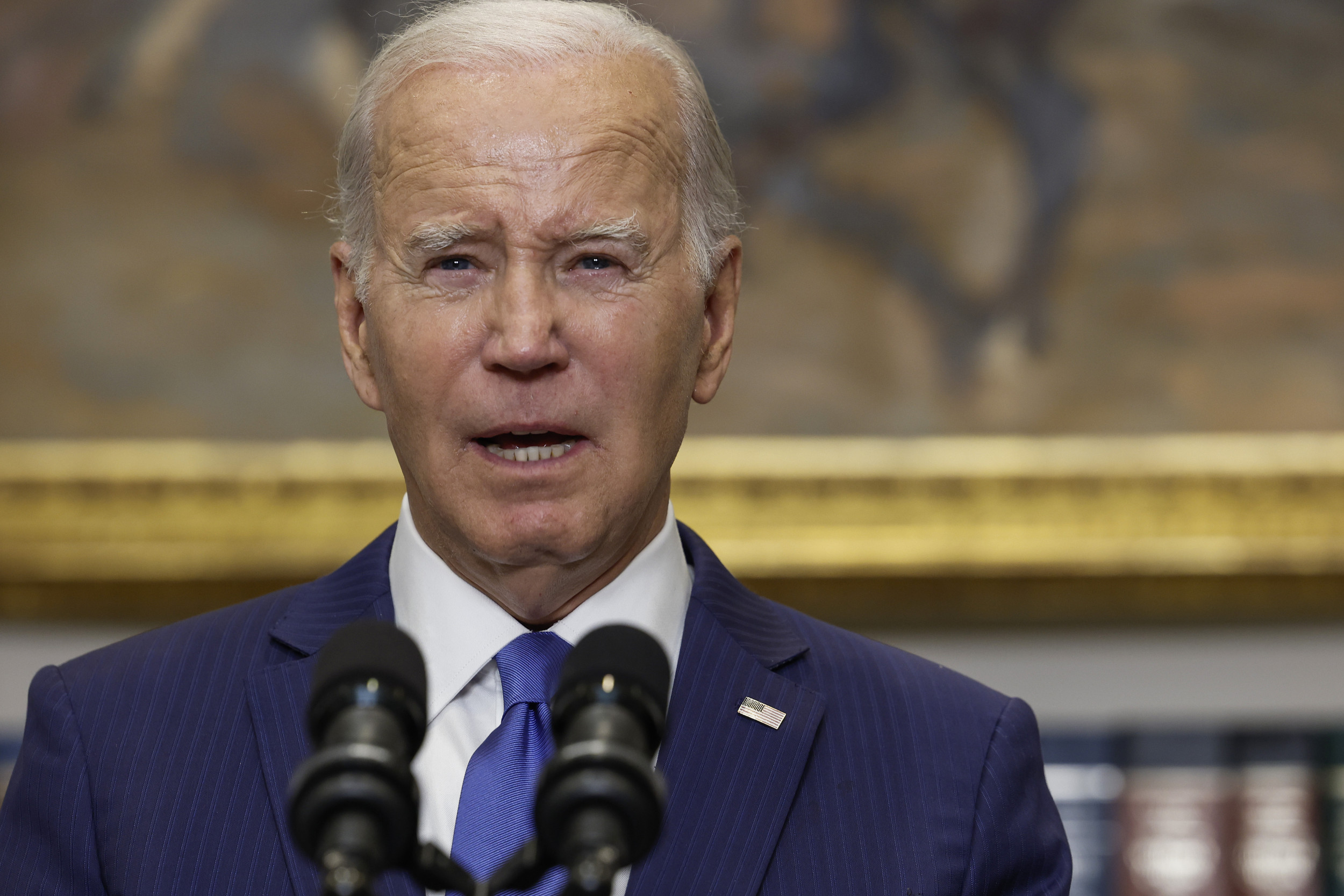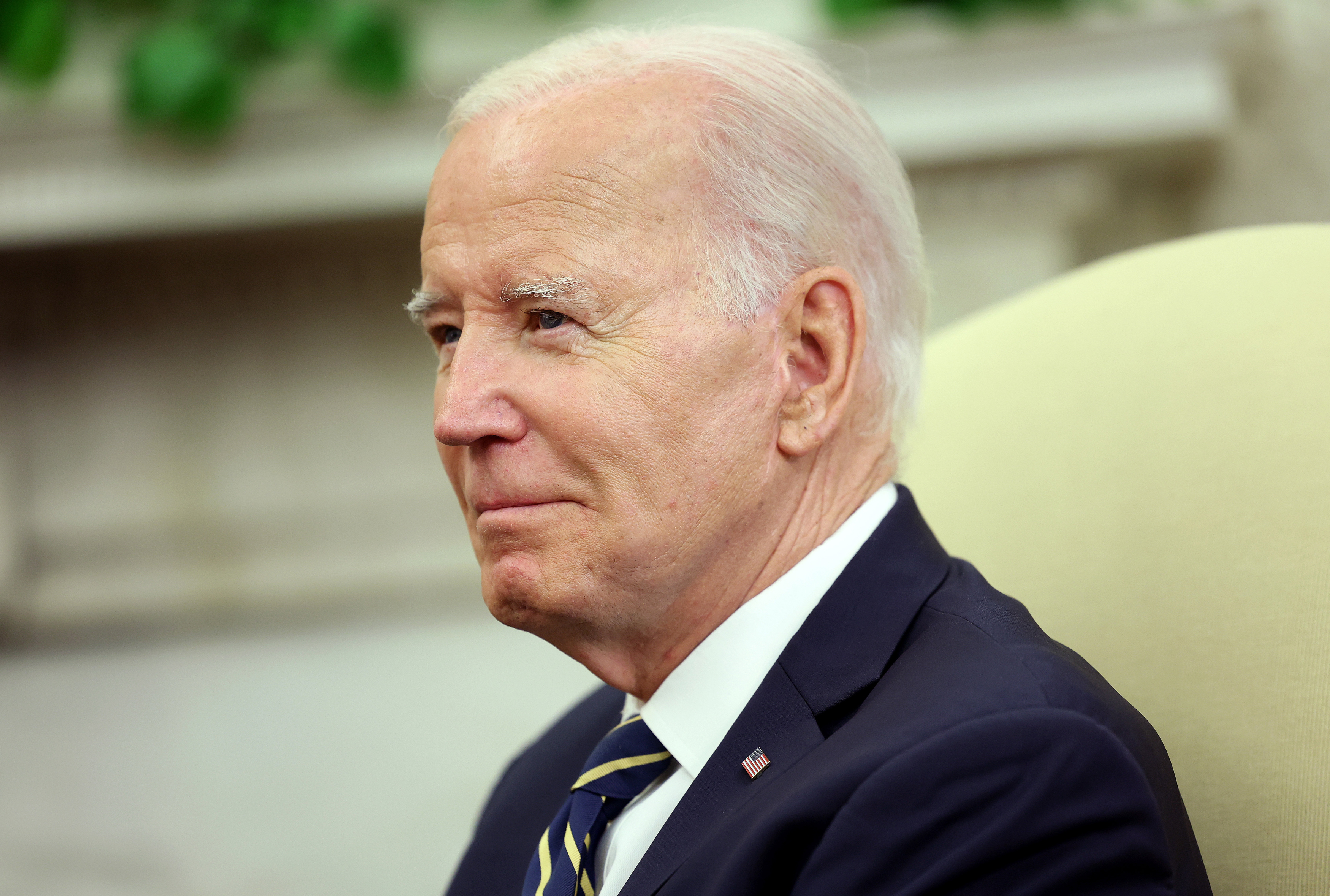United Parcel Service (UPS) may soon be forced to deliver packages with 340,000 fewer staff as negotiations on a new contract with the Teamsters union have fallen apart, placing the two on a path towards strike action.
The logistics union said last week that last-ditch efforts to secure a new contract agreement before the current one expires on July 31 had failed, despite movement on pay from the delivery company.
Previously, Sean M. O'Brien, general president of the Teamsters union, had said that his members "will not work one minute beyond" their contract expiring if a new one had not been agreed by July 5. Without a deal being reached, the union is now counting down the days until the strike begins.
While UPS and the Teamsters blame each other for the breakdown in negotiations, it seems walkouts will take place in August unless union workers agree to come back to their positions or the company issues a stronger offer.

In the meantime, customers and employees alike may be wondering what will happen if the industrial action does go ahead.
What Is the Dispute About?
The Teamsters voted 97 percent in favor of strike action over pay and conditions. In particular, they are looking for the elimination of a two-tier wage system and protections against "managerial harassment."
The union has cited financial disclosures by the company showing revenues of over $100 billion and profits of $13 billion in 2022 as justification for the demand for higher wages.
It said on June 30 that UPS had given a revised offer that gave "significant movement" on wages but Fred Zuckerman, Teamsters' general secretary-treasurer, said this "isn't enough" and that the union still wanted to see an improved deal by July 5.
The union is also calling for UPS to end the localized raising of part-time wages without instituting wage rises across the board, as well as establishing Martin Luther King Jr. Day as a full holiday and ending forced overtime on days off.
According to careers site Indeed, a UPS warehouse worker is paid on average $17.51 an hour in the U.S. while a delivery driver is paid $19.12—though other drivers, including those behind the wheel of tractor-trailers, can earn more.
The company says that delivery drivers receive an average annual compensation package of $145,000 and part-time employees earn on average $20 an hour after 30 days of employment. Teamsters members also receive free healthcare benefits.
When asked for comment, Kara Deniz, a Teamsters spokesperson, directed Newsweek to an interview with O'Brien on Breaking Points on Monday in which the union leader said part-time workers, who make up 50 percent of the Teamster's UPS membership, "are making less than $20 per hour."
He went on to say that UPS "hasn't been consistent with all their tweets and all their little press releases."
Following talks at the start of July, Teamsters claimed that UPS officials had "walked away from the bargaining table after presenting an unacceptable offer."
However, the company disputed this, writing on July 7 that the union "stopped negotiating this week despite strong proposals from the company," and encouraged them to return to the negotiating table.
"Refusing to negotiate, especially when the finish line is in sight, creates significant unease among employees and customers and threatens to disrupt the U.S. economy," UPS said.
Newsweek reached out to UPS via email for comment on Wednesday.
What Will It Mean for Employees?
Teamsters said that 340,000 full and part-time warehouse logistics workers and delivery drivers will go on strike nationwide—UPS has said a new agreement would cover 330,000 workers.
With over 500,000 workers worldwide, it means that around 68 percent of the company's staff are expected not to work from August 1 until the dispute is resolved. Some have already joined picket lines across the country, including in Iowa and Rhode Island.
In their absence, the 160,000 workers who are left will have to continue to run the service at whatever capacity they can. Those striking will have to make do without their pay packet, though the Teamsters union offers weekly strike pay of 12.5 times a worker's hourly rate.
"We have a robust strike and defense fund that would go into effect for members the first day of a strike," Deniz said.
In a July 1 press conference, O'Brien said part-time workers tended to be "single mothers, single parents, working four in the morning till eight in the morning in awful conditions."
Asked about the sentiment of Teamsters heading toward a strike on Breaking Points, he said: "Our members are fired up. They know what they did for this company, what they did for the country during the pandemic—and they want to fight."
What Will It Mean for Customers?
How a strike will impact the service may only become clear once it begins, but hundreds of thousands of couriers walking away from their jobs could have significant disruptive effects on the postal service.
Jonathan Gold, vice president of supply chain and customs policy at lobbyist the National Retail Federation, warned The Hill in late June that a strike would likely cause disruption akin to delays seen during the pandemic, threatening one or two-day deliveries.

He also said that customers may not be able to use another shipping firm while the industrial action is ongoing as "it's unclear if there's capacity elsewhere to make up for that."
One home goods seller in Annapolis, Maryland told NBC News that switching all her wholesale orders to another postal service would see the shipping cost double. Meanwhile, Malcolm Bird, COO of Toybox in Oakland, California, said the company would be able to ship its products, but with another courier.
Rival FedEx said on July 6 that its priority was "protecting capacity and service for existing customers," and urged new customers to move to them ahead of the strike. A U.S. Postal Service spokesperson told NBC that it had "the capacity to deliver what is tendered to us."
As UPS has already recognized, the strike could have far-reaching consequences for the U.S. economy.
The company estimates it delivers around 24.3 million items of mail a day to over 11 million recipients, and said in March 2020 that it was responsible for transporting three percent of the global GDP and six percent of the U.S. economy.
While many of its deliveries are to domestic addresses, the firm also supplies companies, so like any upset in the haulage network, the strike could have knock-on effects on other businesses and their products. UPS has also said in the past it delivers medicine and healthcare items.
Large retailers are making contingency plans, the Retail Industry Leaders Association representative body told Forbes at the end of June.
Update 07/12/23, 11:31 a.m. ET: This article was updated to include comment from Kara Deniz and additional information.








